News
EPJ E Highlight - Granular material conductivity increases in mysterious ways under pressure
- Details
- Published on 08 June 2017
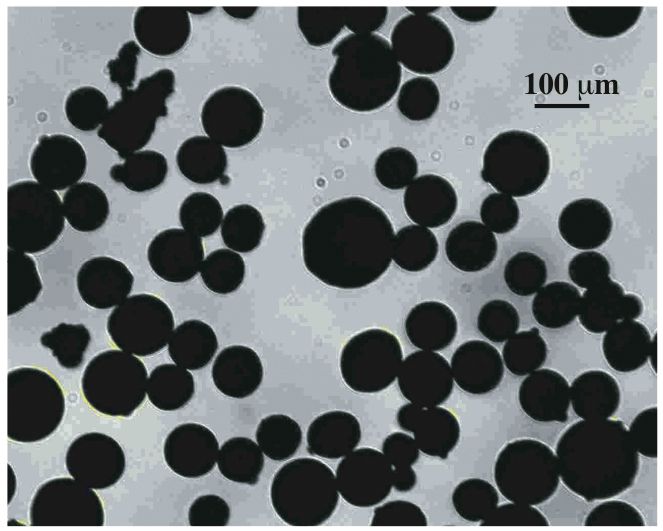
Scientists reveal how electrical resistance in metallic granular media decreases as the pressure on the micro-contact interface between the grains increases
What happens when you put pressure on bunch of metallic microbeads? According to physicists, the conductivity of this granular material increases in unusual ways. So what drives these changes? The large variations in the contact surface between two grains or the rearranging electrical paths within the granular structure? In a recent study published in EPJ E, a French team of physicists made systematic measurements of the electrical resistance - which is inversely related to conductivity - of metallic, oxidised granular materials in a single 1D layer and in 3D under compression. Mathieu Creyssels from the Ecole Centrale of Lyons, Ecully, France, and colleagues showed that the granular medium conducts electricity in a way that is dictated by the non-homogenous contacts between the grains. These finding have implications for industrial applications based on metallic granular material.
EPJ Data Science Highlight - Are your friends happier than you?
- Details
- Published on 06 June 2017

In an era of fleeting but constant contact with extended online communities, it is common to find yourself wondering: are your friends happier/more popular than you? To put these feelings to the test, scientists have sifted through the timelines of thousands of Twitter users, to understand the ways in which social networks affect how we feel and relate to one another.
Guest post by Johan Bollen
Social media platforms have garnered billions of users, possibly because they satisfy a strong human need for feeling connected. However, do they actually contribute to our social happiness?
In EPJ Data Science we attempt to shed some light on this issue from the perspective of network science.
EPJ Plus Highlight - Imaging helps to spot fake ancient daggers
- Details
- Published on 05 June 2017
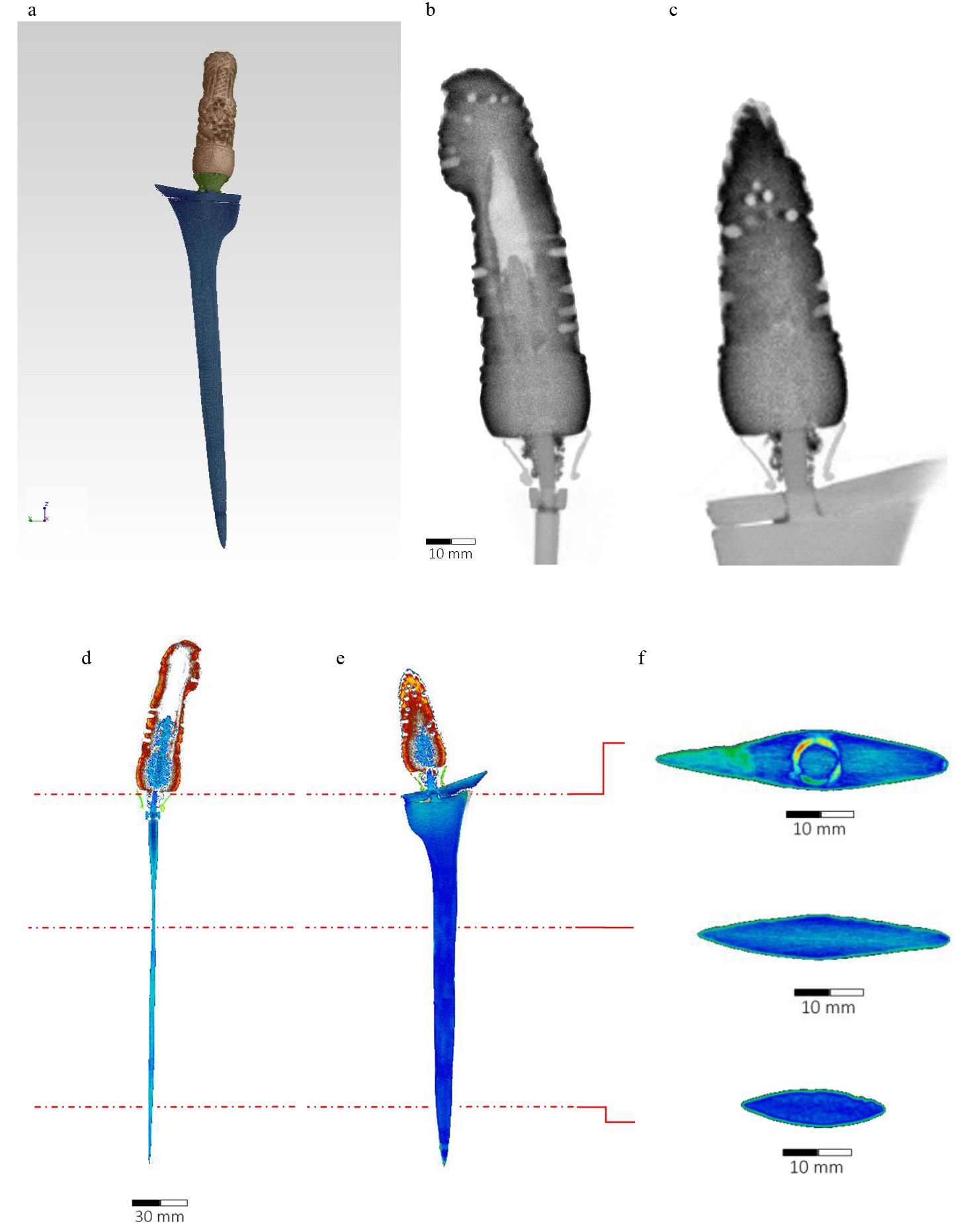
Combining neutron and X-ray imaging gives clues to how ancient weapons were manufactured
Since the 19th century, collectors have become increasingly interested in weapons from ancient Asia and the Middle East. In an attempt to fight forged copies, physicists are now adding their imaging power to better authenticate these weapons; the fakes can't resist the investigative power of X-rays combined with neutron imaging. In a study published in EPJ Plus, an Italian team, working in close collaboration with the Wallace Collection in London and the Neutron Imaging team at the Helmholtz Zentrum Berlin, has demonstrated the usefulness of such a combined imaging approach to help museum curators in their quest to ensure authenticity. Filament Salvemini, currently affiliated with the Australian Centre for Neutron Scattering ACNS at ANSTO in Lucas Heights near Sydney, and colleagues can now reliably tell first-class modern copies of early daggers and swords from authentic ones.
EPJ Data Science Highlight - Using social media for large-scale studies of gender differences
- Details
- Published on 02 June 2017

Social networks capture data about most aspects of the daily lives of millions of people around the world. The analysis of this rich and ready-available source of information can help us better understand the complex dynamics of society.
In a recent article published in EPJ Data Science the authors propose the use of location-based social networks to study the activity patterns of different gender groups, which they summarise in a guest post on the SpringerOpen blog.
Gender differences have a subjective nature and may vary greatly across cultures, making them challenging to explain. Indeed, over the past decades, this topic has received a lot of attention by researchers, but there is still a long way to reach a consensus on the subject.
EPJ E News - Ramin Golestanian awarded the Pierre-Gilles de Gennes Lecture Prize
- Details
- Published on 02 June 2017
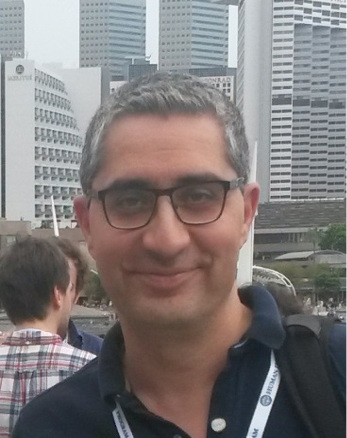
The Editors of EPJE are delighted to announce the winner of the EPJE Pierre Gilles De Gennes Lecture Prize. This year the prestigious prize has been awarded to Iranian physicist Ramin Golestanian, for his outstanding theoretical contributions to the physics of microswimmers and their hydrodynamic interactions which have led to a series of exciting new discoveries and stimulated the development of the field of active matter.
The EPJE Pierre-Gilles de Gennes lecture will be delivered by Golestanian on Thursday 20th July at the 10th Liquid Matter Conference in Ljubljana, Slovenia.
EPJ QT Highlight - How does Earth’s spacetime deformation affect quantum communications?
- Details
- Published on 30 May 2017
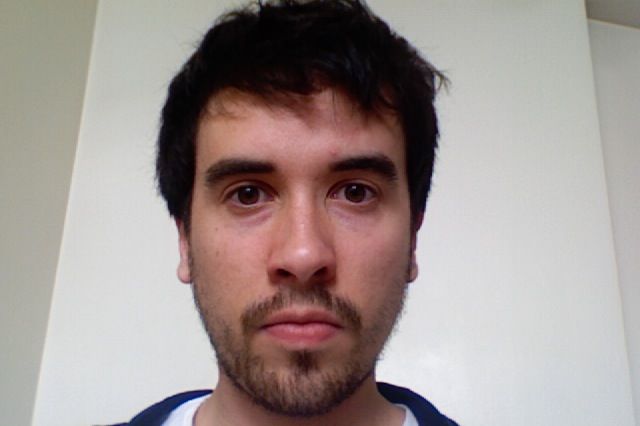
Jan Kohlrus investigates relativitic effects to consider when setting up quantum communication systems.
The interplay and overlap between relativity and quantum theory are among the most complex and challenging open problems of modern theoretical physics. This grey area has been extensively studied on the theoretical side, sometimes following very speculative and exotic directions, while very few experiments have been proposed in a way that rigorously incorporates relativity and quantum features.
The purpose of our work is to propose feasible experiments that involve quantum fields in a relativistic framework. In our recent article in EPJ Quantum Technology, we study how observers that undergo different motion, and experience different strengths of the gravitational field, measure pulses of light that propagate from one user to another. In particular, we look at quantum communication schemes between Earth and satellite links, as well as between two satellites.
Continue reading Jan’s post here.
EPJ D Highlight - Zig-zagging device focuses high-energy radiation emissions
- Details
- Published on 23 May 2017
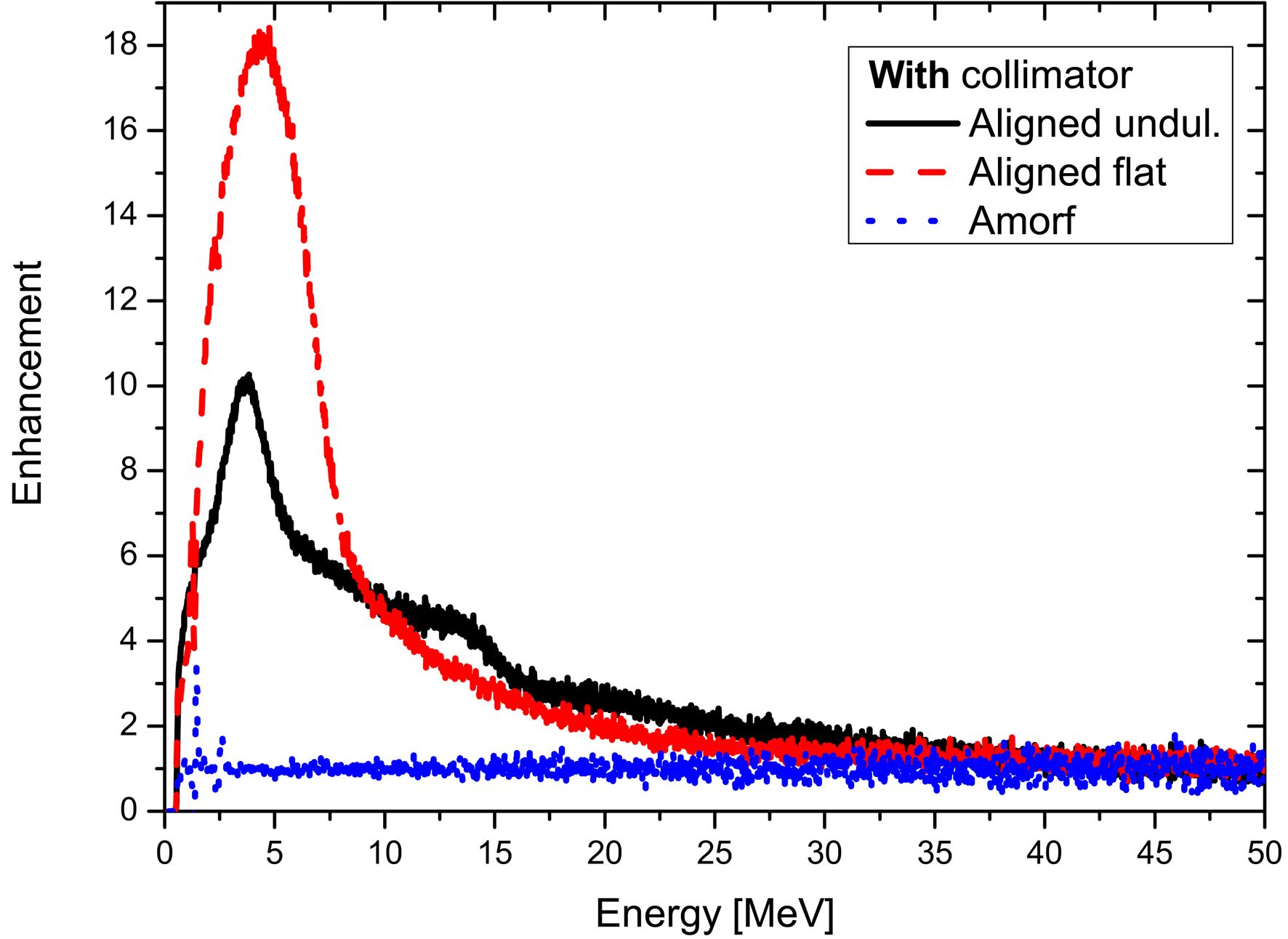
Physicists have found a way to better control high-energy particle emissions in an undulator device that could potentially be used as a source of radiation for cancer treatment or nuclear waste processing
There’s no substitute for using the right tool for the job at hand. Using low-energy radiation sources simply isn’t suitable for certain tasks: equipment used in cancer treatment requires a strong, monochromatic source of radiation to produce hard X-rays. Other similar radiation sources find applications in nuclear waste processing. To design devices that steadily emit a specific type of radiation, physicists use a special kind of crystal, referred to as a crystalline undulator. In a recent study published in EPJ D, a team has demonstrated the ability to control radiation emissions from a particle travelling through such a device. Tobias Wistisen from Aarhus University, Denmark, and colleagues have shown how to manipulate the emitted radiation by selecting a combination of incoming particle charge and energy, oscillation amplitude and period of the undulator’s crystalline lattice.
EPJ E Colloquium - Quantum effects are hot in supercooled water
- Details
- Published on 18 May 2017
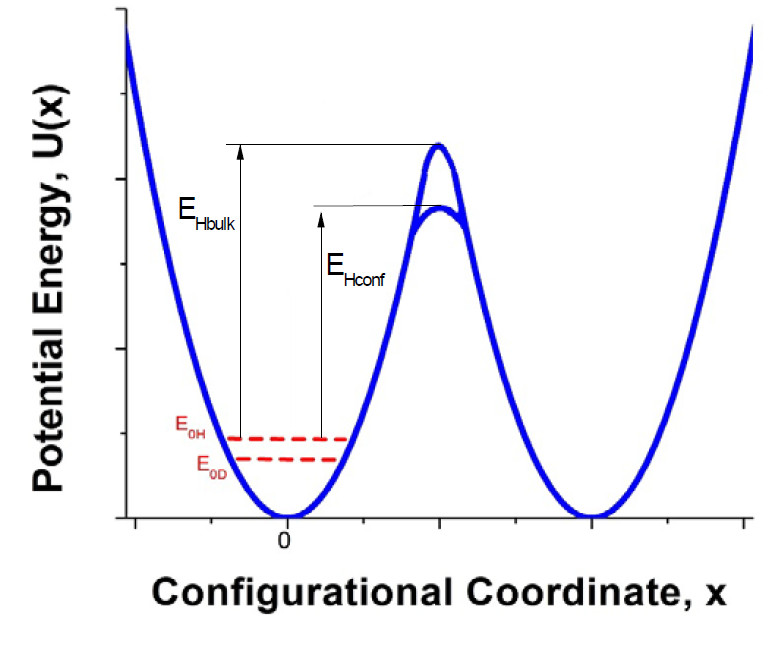
The importance of nuclear quantum effects is well known for in solid systems at very low temperatures (T<10K). At higher temperature (above ~20-50K) usually the contribution of these quantum effects to structural relaxation is considered minor. Traditionally, researchers who study the structural relaxation in liquids and the glass transition neglect to consider quantum effects. However, it is becoming increasingly evident when studying light molecules (such as water) at temperature of 100-200K that quantum effects might play an important role in structural dynamics, and provide non-negligible contributions at temperatures as high as ambient.
EPJ B Highlight - Autonomous machines edge towards greater independence
- Details
- Published on 17 May 2017
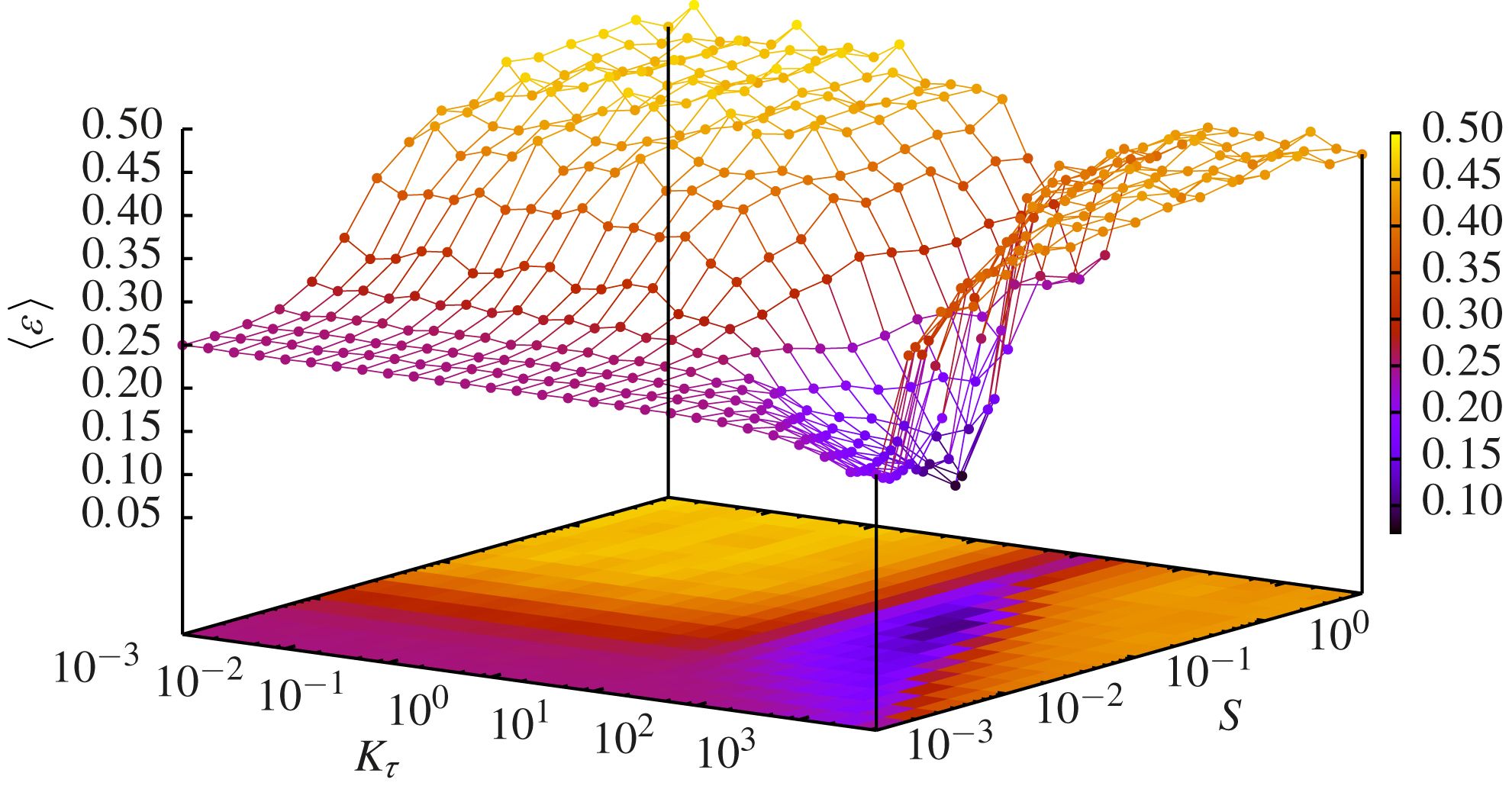
Physicists are providing a greater level of autonomy for self-taught systems by combining how they respond to their learning as they evolve
Cars that can drive autonomously have recently made headlines. In the near future, machines that can learn autonomously will become increasingly present in our lives. The secret to efficient learning for these machines is to define an iterative process to map out the evolution of how key aspects of these systems change over time. In a study published in EPJ B, Agustín Bilen and Pablo Kaluza from Universidad Nacional de Cuyo, Mendoza, Argentina show that these smart systems can evolve autonomously to perform a specific and well-defined task over time. Applications range from nanotechnology to biological systems, such as biological signal transduction networks, genetic regulatory networks with adaptive responses, or genetic networks in which the expression level of certain genes in a network oscillates from one state to another.
EPJ QT Highlight - Quantum security from small satellites
- Details
- Published on 17 May 2017

Shoebox sized satellites could be the key to fast-track development of space quantum communication, writes author Daniel Oi in a contribution to the SpringerOpen blog.
Quantum computing threatens the security of public key cryptosystems that secure the internet. But what quantum takes away, it can also give back. The technique of quantum key distribution (QKD) promises codes that are guaranteed by physics to be, in principle, unbreakable.
In EPJ Quantum Technology, we propose a CubeSat Quantum Communications Mission (CQuCoM) with a vision towards a globe-spanning constellation of QKD satellites. We are an international consortium of six research entities and one company across six countries.
Continue reading the blog post here.




